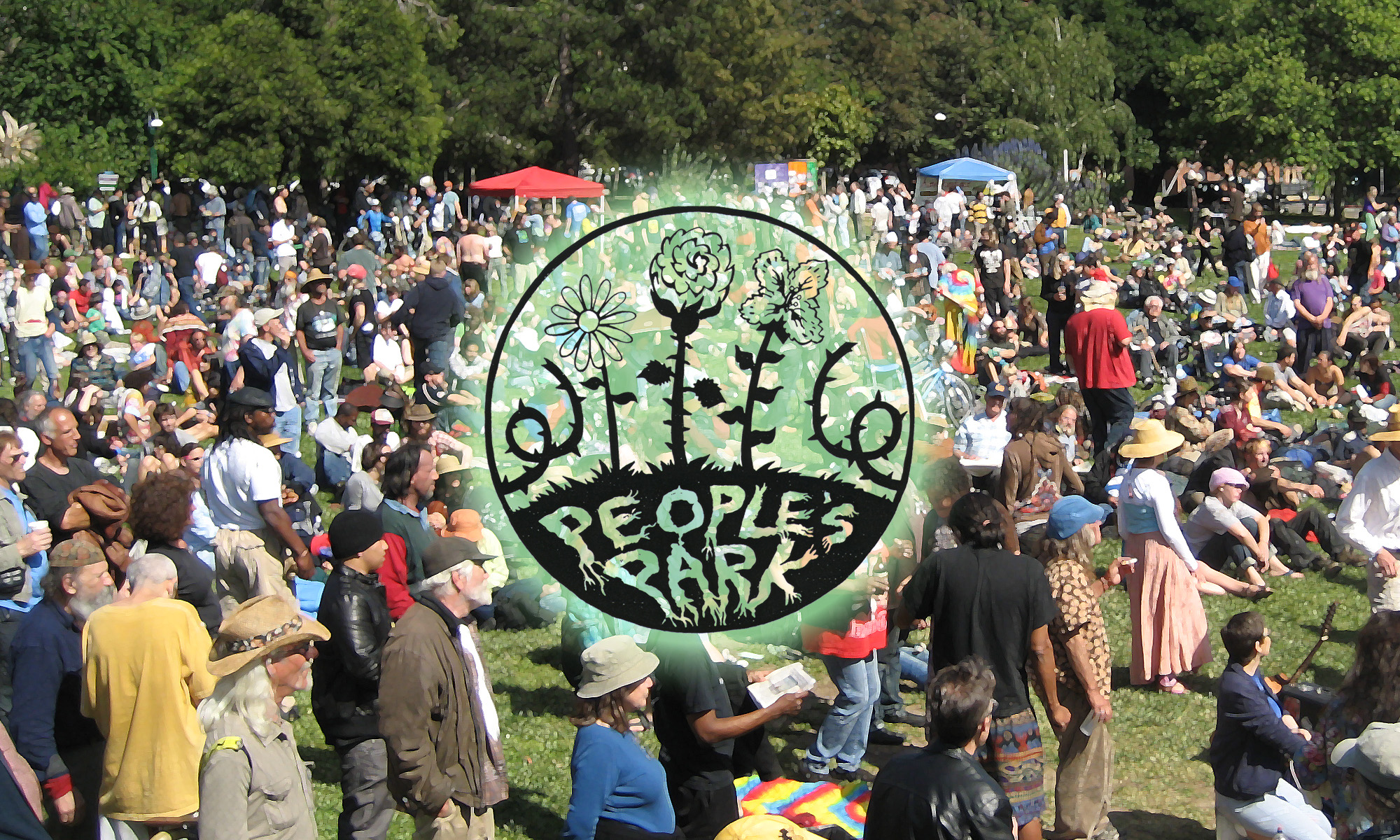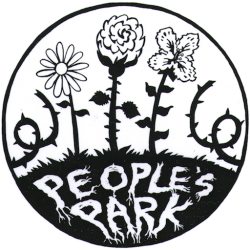by Paul Lee, historian
Those who are fighting to save People’s Park should know that it has a special meaning for “black” people, and not just those who find there a place to live safely amid nature wonders; eat free, healthy food; find clothing; get substance abuse and psychological counseling referrals; develop or rediscover the bonds of community that have always been a central part of “black” Berkeley’s culture; and help to heal their souls.
That’s because the origin of the park was memorialized in one of Marvin Gaye’s greatest hits.
As is well known, in 1967 Buffalo Springfield recorded the classic “For What It’s Worth” to make sure that the country would never forget the infamous November 1966 Sunset Strip curfew “riot,” where the Los Angeles police brutally cracked down on counterculture revelers:
Sadly, well less known is the fact that the even more infamous May 1969 National Guard-police crackdown on the young radicals who had erected and begun to develop People’s Park as a freed/free space was memorialized by Obie Benson, a member of the popular Four Tops group of Detroit’s Motown, who later gave it to his superstar colleague Marvin Gaye. This story is told here at the bottom of the page:
Detroit 67: The Year That Changed Soul, by Stuart Cosgrove, Casemate Publishers
So, the next time that you hear or sing “What’s Going On?” remember that Gaye is singing about People’s Park. Indeed, if he were alive today, he could well pose the same question to UC Berkeley and the city’s administration, and particularly to its “black” city manager!
Related link:
What’s Going On by Marvin Gaye – a YouTube video interpretation of the Marvin Gaye’s song

